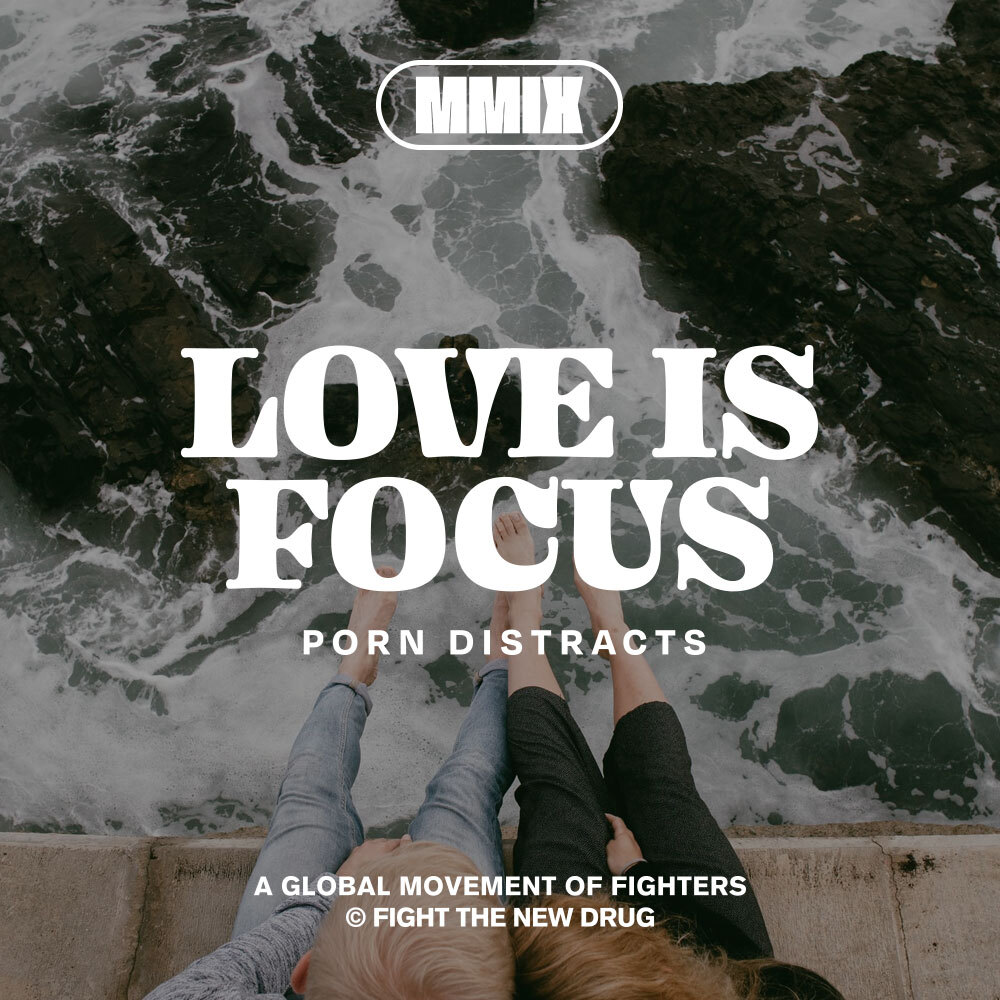Portions of this post were originally published in TIME Magazine. 6-minute read.
Does consuming porn help to bond those in a relationship, or does it drive them apart?
This peer-reviewed study suggests that pornography may actually physically divide people, namely those who are married.
Married people who start watching porn are twice as likely to be divorced in the following years as those who don’t, according to the study. And women who start watching porn are three times as likely to split, according to this paper originally presented at the American Sociological Association in August 2016.
The paper also finds that stopping porn consumption lowers the likelihood of divorce for women, though not for men.
How did they get those conclusions?
The authors used longitudinal data from the “General Social Survey,” which tracks, among other things, marital happiness, porn-consumption, and marital status.
It analyzed results from more than 2,000 participants over three time periods, focusing on participants whose porn habits altered during that period. That is, the individuals did not consume pornography when first interviewed but had taken it up by the time of their second interview, or they did watch during their first interview but had given it up by the second.
The analysis found that 11% of people who started to look at porn between the first two time periods were divorced by the second time they were interviewed. This compares to 6% of people whose porn-watching habits were unchanged, but who were like the new porn-fans in every other way. Among women who started consuming porn solo, the proportion who divorced was 16%, or almost three times as much.
Conversely, female porn consumers who gave up porn were only about one-third as likely to be divorced as those who kept up the habit. Male abstainers’ chances of getting unhitched were not that different from guys who kept up the habit, although the authors caution that so few men give up porn that the sample size is too small to be reliable.
So what does it all mean?
The findings also suggest that porn’s effect on marriage appears to be strongest among younger, less religious people who initially report higher levels of marital happiness.
Could it be that people started consuming porn because their marriages were already unhappy?
“We don’t think it’s the relationship quality leading to the porn use and divorce,” says lead author Samuel Perry, an assistant sociology professor at the University of Oklahoma, because this is data taken over time and not just a snapshot. “We are pretty confident about establishing the directional effects.”
Related: Renowned Relationship Therapists Drs. Julie & John Gottman Release “Open Letter On Porn”
Perry could not definitively explain why the impact was so much stronger on women than men, since that ran counter to previous scholarship on the issue. “That’s a bit surprising because everything else I’ve seen on porn use in relationships suggests that men’s marriages are more negatively affected by their porn use,” he says.
Previous studies have found that porn has an accelerating effect on a deteriorating marriage: husbands in poor relationships tend to consume more sexually explicit material and consuming more sexually explicit material also leads to poorer relationships. Some sociologists have speculated that men turn to porn as a way of lifting their mood about their difficult home life and that the porn then becomes an easier route to sexual satisfaction than being with their partner, so they disinvest in the marriage.
Related: Why I Finally Stopped Watching Porn After I Saw How It Affected My Partner
The negative effects that were reported included the development of unrealistic expectations and feelings of jealousy. “All of these issues seem rather obvious in hindsight,” says the lead author Taylor Kohut, a postdoctoral fellow in psychology.
“But here’s the thing, these perceived effects of pornography use are not really being studied in a serious way. They’re just not on the radar.”
_________________
The takeaway
Porn isn’t harmless. Not to the consumer, and not to their relationships. This research, above, further shows that fact.
Of course, there are multiple reasons why any couple divorces, and this correlation does not necessarily mean that porn is the sole cause for a break-up. Even still, other research shows generally that porn does not help relationships grow and thrive, and it is more hurtful than it is helpful in bringing a couple closer together.
In fact, two of the most respected pornography researchers, professors Jennings Bryant and Dolf Zillman at the University of Alabama, who have studied the effects of porn and media for more than 30 years, said this when it comes to porn:
“No rigorous research demonstrations of desirable effects can be reported.” [1]
In other words, in all the serious research that’s been done on porn, no one has found that it has benefits for couples. What several studies have found, however, is that porn’s presence in a relationship can cause serious damage not only to the consumer, but also to those closest to them—especially their partner. [2]
Related: Can Porn Improve An Intimate Relationship?
Consider how porn promotes a completely fictional and exaggerated version of how people look and behave, and makes it look like an exciting reality—one that their partners often feel they can never live up to. [3]
The bottom line is that porn can ultimately detract from the natural, organic connection that partners have with each other. In the end, watching isn’t worth the potential for harm.




